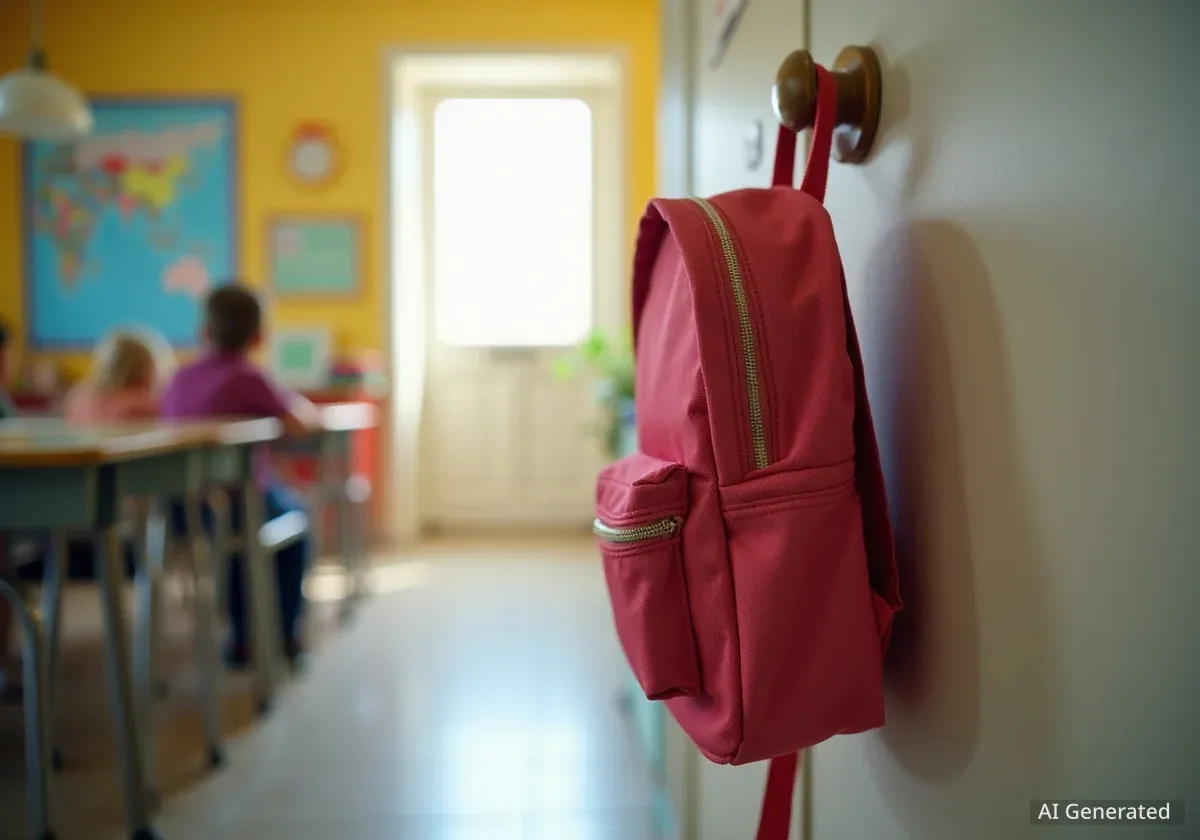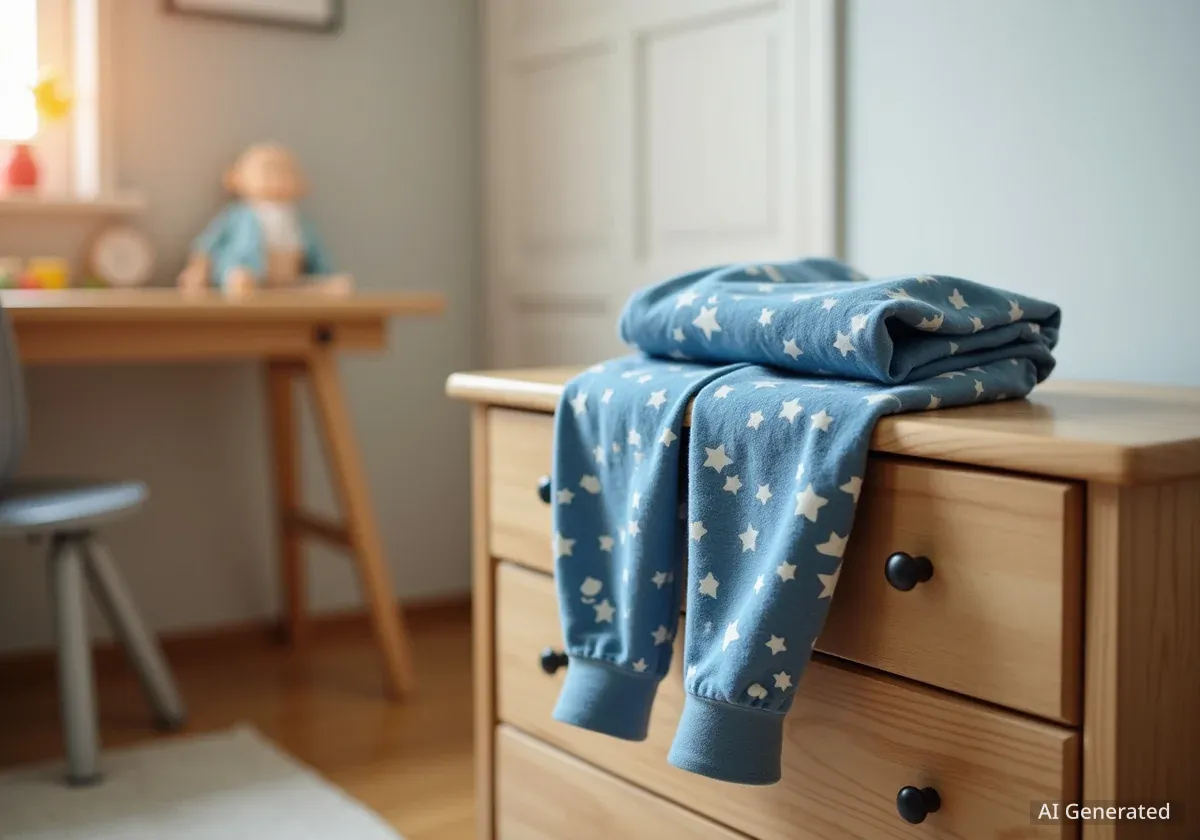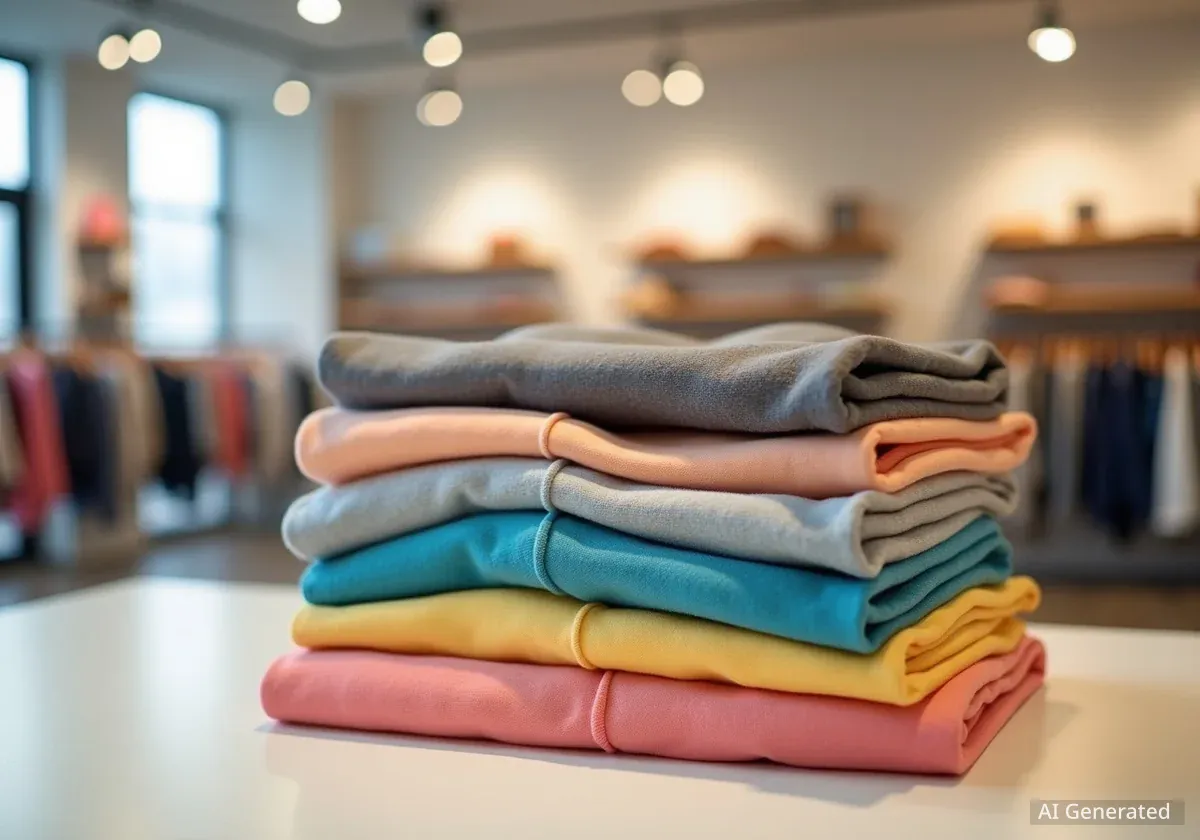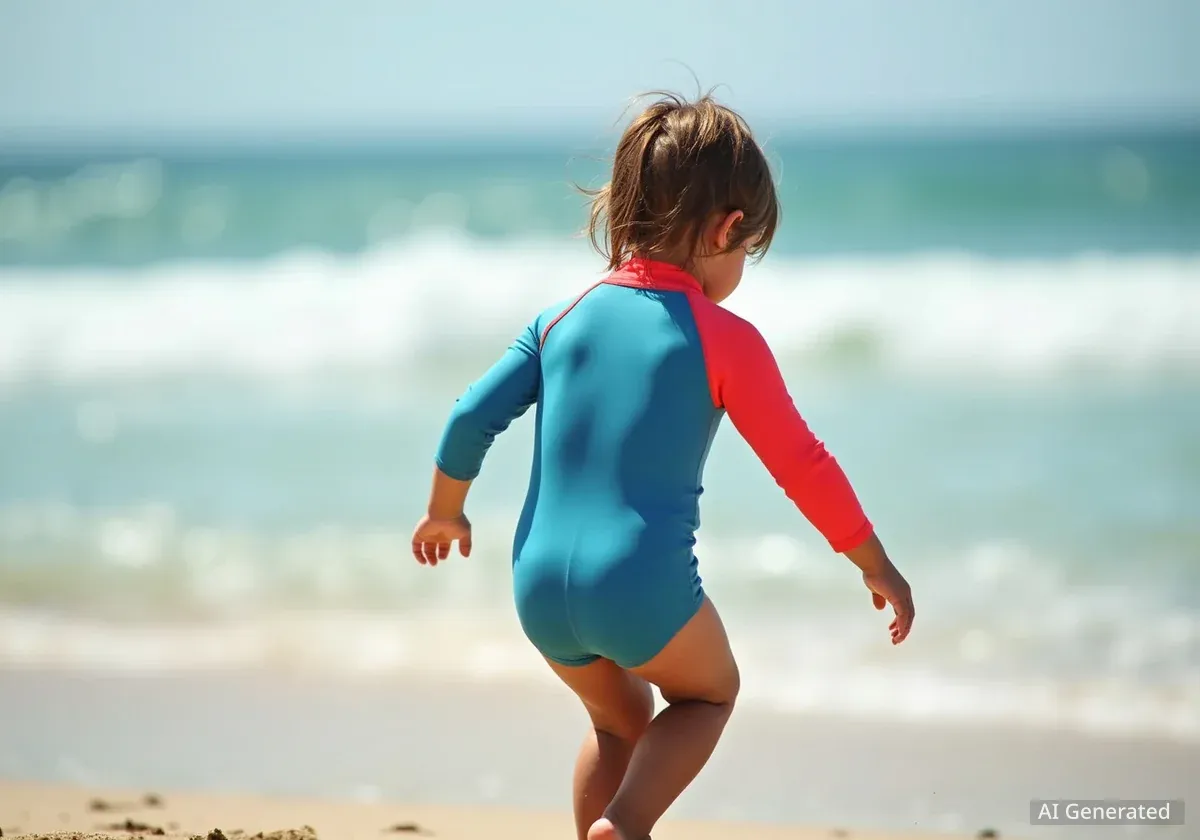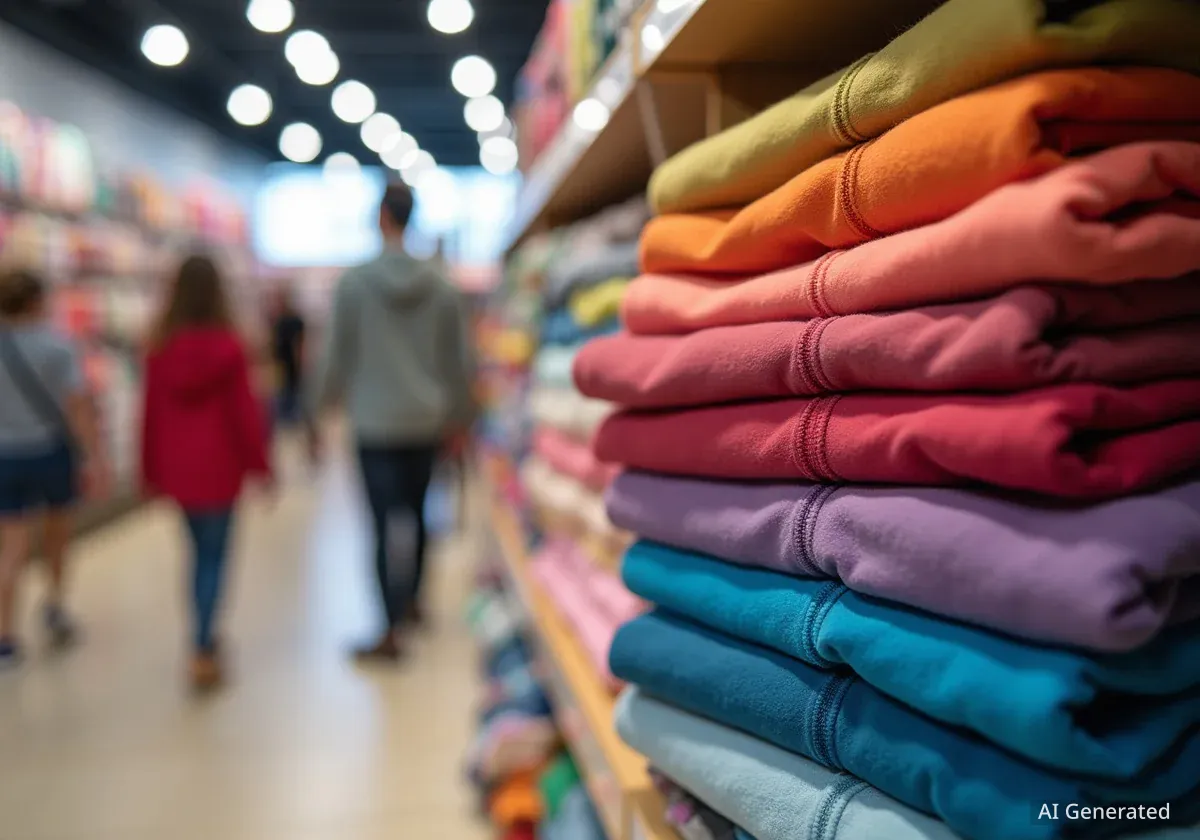As the back-to-school season approaches, many parents focus on finding the right supplies for their children. A backpack is one of the most important purchases, serving not only to carry books but also as a daily accessory that reflects a child's personality. A growing trend is the selection of personalized backpacks, which offer both functional design and a unique touch of individuality for young students.
These customizable bags are designed specifically for preschoolers and early elementary school children, considering their size, comfort, and daily needs. Understanding the key features, from material durability to ergonomic design, can help parents make an informed decision that supports their child's health and confidence throughout the school year.
Key Takeaways
- Proper Fit is Crucial: A backpack should be appropriately sized for a young child to prevent strain. Look for adjustable shoulder straps to ensure a comfortable and secure fit.
- Material and Durability: Waterproof polyester is a common and practical material for kids' backpacks as it is lightweight, easy to clean, and protects contents from spills or rain.
- Functional Storage: Multiple compartments, including a main section, front pockets for small items, and side pockets for water bottles, help children stay organized.
- The Appeal of Personalization: Adding a child's name or a favorite design can make the backpack special, reduce the chances of it being lost, and boost their excitement for school.
Why the Right Backpack Matters for Young Students
Choosing a backpack for a preschooler or kindergartener involves more than just picking a favorite color or character. The right backpack plays a significant role in a child's physical comfort and daily school routine. An ill-fitting or overly heavy bag can cause discomfort and even contribute to poor posture over time.
Ergonomics are especially important for young, growing bodies. A well-designed backpack distributes weight evenly across the shoulders and back. Features like padded and adjustable shoulder straps are not just for comfort; they are essential for ensuring the bag sits correctly on the child's frame. The top of the backpack should not be higher than their shoulders, and the bottom should not extend below their waist.
Ergonomic Essentials for Kids
According to pediatric health experts, a child's backpack should weigh no more than 10 to 15 percent of their body weight. For a 40-pound child, this means the loaded backpack should not exceed 4 to 6 pounds. Lightweight materials and strategic packing are key to meeting this guideline.
Beyond physical health, a backpack can also impact a child's sense of independence and confidence. A bag with zippers they can easily open and close and pockets they can access themselves empowers them to manage their own belongings. This small sense of responsibility is a foundational step in their early education journey.
Key Features in a Preschool and Kindergarten Backpack
When evaluating backpacks for children aged three and older, specific features determine a product's suitability. The design must balance capacity with a child-friendly size and weight. A common size for this age group is around 15 inches in height, which is large enough for essential items without overwhelming a small child.
Optimal Size and Capacity
A typical preschool backpack measures approximately 15.1 inches in height, 11.4 inches in length, and 4.9 inches in width (38.5 x 29 x 12.5 cm). This size is adequate to hold a lunch bag, a couple of small notebooks, a change of clothes, and a favorite small toy or book. It avoids the bulkiness of larger bags designed for older students who need to carry heavy textbooks.
Smart Storage Solutions
Organization is a learned skill, and a well-designed backpack can be a great teaching tool. Look for models with multiple compartments:
- A spacious main compartment for larger items like folders and lunch bags.
- A smaller front pocket for easy access to items like pencils, keys, or tissues.
- Two side pockets, which are perfect for holding a water bottle or a small umbrella, keeping liquids separate from books and papers.
This separation helps children learn where to find their things and keeps their supplies organized and in good condition.
Material Matters: The Benefits of Polyester
Many modern children's backpacks are made from durable and waterproof polyester fabric. This material is chosen for several reasons: it is lightweight, reducing the overall burden on the child; it is resistant to tears and daily wear; and it is easy to clean with a simple wipe, which is essential for managing inevitable spills and messes.
The Rise of Personalization in School Gear
Personalization has become a significant trend in children's products, and school supplies are no exception. The ability to add a child's name or choose from a variety of unique themes allows a standard product to become a personal statement. This is particularly appealing for young children who are developing their own identities and interests.
Customized backpacks often feature a wide array of patterns, from space rockets and planets to trucks, cars, and sports themes like soccer and baseball. This variety ensures that a child can find a design that genuinely excites them. The option to have their name printed on the bag makes it instantly recognizable and special.
"Adding a name to a backpack is not just about aesthetics. It is a practical feature that helps teachers and children identify the correct bag in a busy classroom, reducing mix-ups and lost items."
This simple customization can transform a functional item into a cherished possession. For a child who may be anxious about starting school, having a backpack that feels uniquely theirs can provide a small sense of comfort and familiarity in a new environment. It becomes more than just a bag; it's their bag.
A Closer Look at a Customized Toddler Backpack
To understand how these features come together, let's examine the specifications of a typical personalized backpack designed for preschoolers. The product is explicitly marketed for children over three years old, aligning with the start of preschool for many.
Construction and Usability
The backpack's construction focuses on durability and ease of use for small hands. The use of smooth, sturdy zippers is a critical detail. Zippers that snag or break can be a source of frustration for a child and may render a compartment unusable. A quality zipper is designed to withstand the repetitive, sometimes rough, use that is expected from daily school life.
The adjustable shoulder straps are another key element. They allow parents to customize the fit as the child grows or wears different types of clothing, like a bulky winter coat. This adjustability ensures the backpack remains comfortable and ergonomically sound, reducing pressure on the child's shoulders and promoting better posture.
The combination of a lightweight polyester body and comfortable straps results in a product that provides carrying comfort throughout the day. This careful design makes it an ideal back-to-school gift, blending practicality with a fun, personalized touch that children appreciate.

